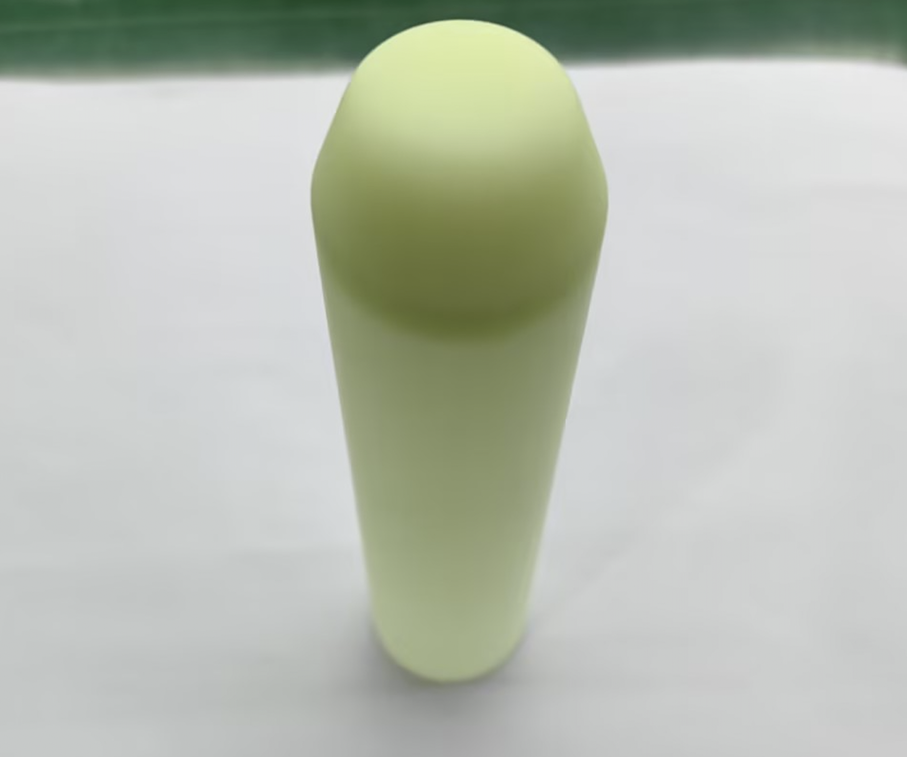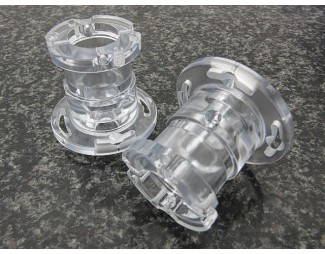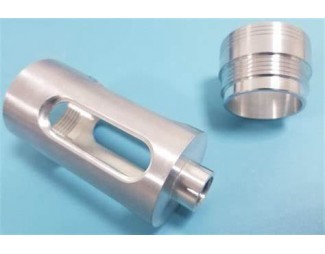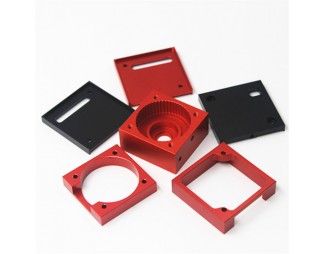Several issues that need attention in 3D printing
Nowadays, 3D printing is widely used in our daily life, but we should still pay attention to the following issues when using 3D printing:
1. Pores
During the 3D printing process of a part, very small cavities inside form pores. These microvoids reduce the overall density of the part, leading to cracking and fatigue problems. The form of laser partition scanning can also be adopted to reduce the amount of pores, and the powder spatter can be reduced by adjusting the shape of the spot.
2. Remaining stress
When the remaining stress exceeds the tensile strength of the material or substrate, defects will occur, often resulting in cracks in the part or warping of the substrate. Residual stress can be reduced by adding support structures or by heating the substrate and material prior to printing.
3. Crack
Cracks can appear from condensation of molten metal or further heating of an area. Some cracks can be corrected by post-processing, but delamination cannot be treated by post-processing.
4. Warping
When printing, if the thermal stress of the substrate exceeds its strength, the substrate will warp, which will eventually cause the part to warp, and there is a danger of the squeegee hitting the part. Adding the right amount of support at the right location can effectively avoid warping.
5. Density
The more pores the parts have, the lower the density, and the easier it is to fatigue or crack under stress. Spherical particles will not only improve the fluidity of the powder, but also improve the density of the part. Excellent powder flow is necessary to ensure smoothness and density of the powder spread. As you might expect, it affects the porosity and density of the product.

If you have any 3D printing project, please feel free to contact: Enquiry@abcrapid.com.
Search
Recent Post













